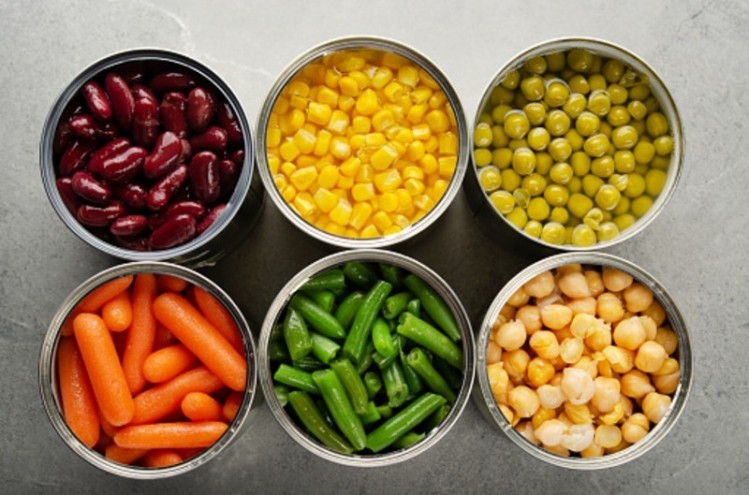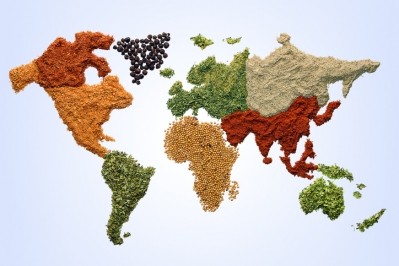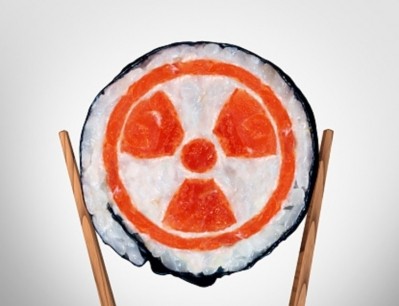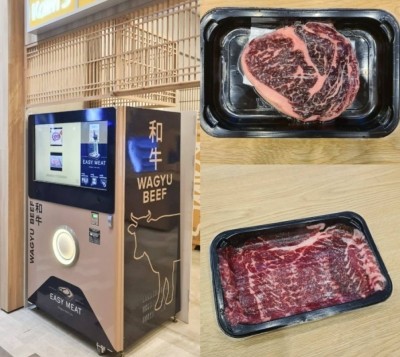Japan’s 2030 food export vision: Focus on processed value-added foods and supply chain development crucial

Japan announced ambitions to expand its food and agricultural product exports to JPY5tn by 2030 late last year, with mainly agricultural products such as wagyu beef and rice in the spotlight as key export items – but government ministers have now voiced doubts that depending on agricultural products as a key strategy is sufficient to hit this goal.
In a recent Shugiin (Japan’s House of Representatives, the lower house of the National Diet or legislature of Japan), Vice Minister for Foreign Affairs Norikazu Suzuki highlighted that of total Japanese exports in 2019 valued at JPY921.1bn (US$8.5bn), some JPY327.1bn (US$3bn) of this was from processed foods.
“[As such], I think it is very important to be a manufacturer of processed foods [especially as] current figures show that the JPY5tn export target can be considered fairly high and can only be achieved by reaching average annual growth of some 17% to 20%,” said Suzuki.
“As a previous employee of the Ministry of Agriculture, Forestry and Fisheries (MAFF), [I saw that] producers had little contact with manufacturers. However, in order to achieve this export target, [we need to look at this from] the perspective of how we can all move forward in the same direction based on a common understanding, and what the country can do [to boost] that.”
MAFF Deputy Minister Yasuhiro Hanashi concurred that processed food products are just as crucial to reaching the 2030 export target as agricultural products, stressing that a special council had already been established to boost value-added food production in Korea.
“MAFF [agrees] that processed food manufacturers are very important [in this plan], and that unless the practise of more Japanese agricultural products being processed and [value-added] is increased, it [will be hard to] expand sales channels, create employment, or develop the local economy - In that sense, I think it is very important to collaborate with food manufacturers,” he said.
“MAFF has also set up the Global Food Value Chain Promotion Public-Private Council to look [more closely at boosting the foods value chain] – one of the main items we believe is important here is cold chain, such as freezing and refrigeration technology and relevant infrastructure [which will aid in exports].”
MAFF Minister Kotaro Nogami added that the ministry will also be investing into developing specialised HACCP-supported export production facilities to ensure both agricultural and processed food products meet the regulations and needs of destination countries in April this year
“Apart from HACCP [risk management] and cold chain development, the other area of focus will be on marketing – we believe that it is necessary to further strengthen the development of overseas markets [together with] the Japan External Trade Organization (JETRO) and Japan Food Product Overseas Promotion Center (JFOODO),” said Nogami.
“We will be working to set targets for each food product and working to expand demand in the overseas markets we are targeting.”
Looking inwards too
In addition to promoting food exports to reach Japan’s 2030 target, the meeting also called for processed foods to be developed for local food security.
Nogami highlighted that apart from the food export target, the government is also looking to raise local food self-sufficiency to 45% (by calories) and 75% (by production value) by 2030, and anticipates processed foods to play a big role here.
“We are increasing the production of agricultural commodities like wheat and soybeans to replace imports and reach this self-sufficiency goal, [but these are expected to contribute to] the domestic production of processed foods, e.g. as raw materials for RTE meals,” he said.
“Another example here is processed vegetables (e.g. canned/tinned) or vegetables for commercial usage – these make up some 30% of imported foods and we are looking to switch these to be domestically sourced. This again falls back to facility and technology availability, so we are also improving the storage and processing facilities for this sector to ensure a steady supply as we make this switch.”



















